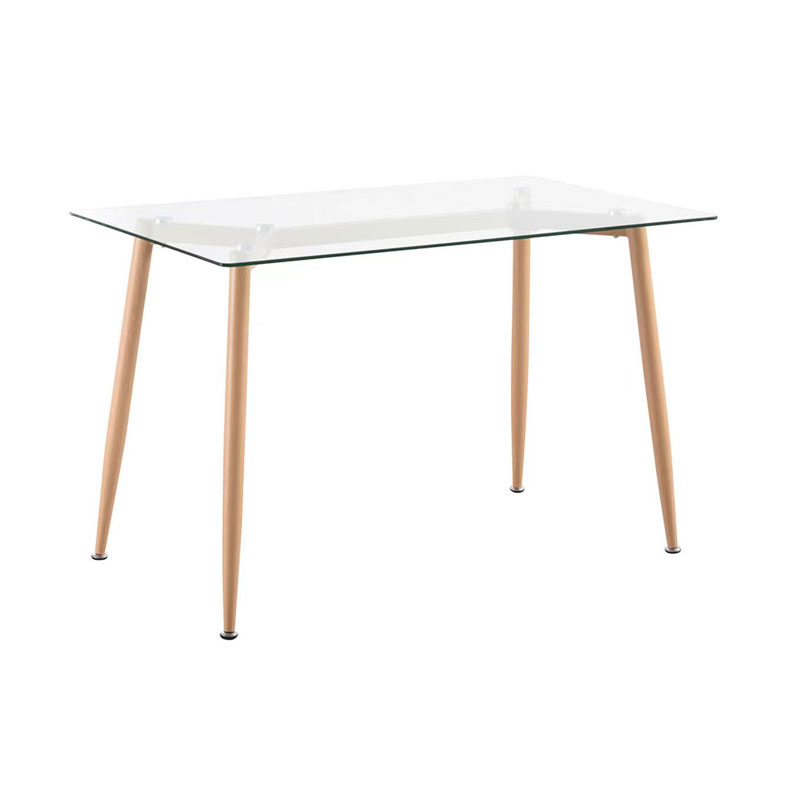Tempered Glass Table Top: Pros And Cons
Tempered glass table tops have become increasingly popular in modern interior design, offering a sleek and sophisticated aesthetic while providing durability and safety. However, like any material, tempered glass has its own set of advantages and disadvantages.
Pros of Tempered Glass Table Tops:
Durability: Tempered glass is significantly stronger and more resistant to breakage than regular glass. It undergoes a thermal tempering process that increases its strength by up to five times, making it less prone to chips, cracks, and shattering.
Safety: One of the most significant advantages of tempered glass is its safety features. When tempered glass does break, it shatters into small, dull fragments rather than sharp shards, reducing the risk of injury. This makes tempered glass table tops an ideal choice for households with children or pets.
Heat Resistance: Tempered glass can withstand high temperatures without warping or melting, making it suitable for use in kitchens and outdoor spaces where exposure to heat is common. It also resists thermal shock, meaning it can handle rapid temperature changes without cracking.
Easy Maintenance: Tempered glass table tops are easy to clean and maintain. A simple wipe with a damp cloth and mild detergent is usually all that's needed to keep them looking pristine. Additionally, tempered glass is resistant to stains and scratches, prolonging its lifespan.
Versatility: Tempered glass table tops are available in a wide range of shapes, sizes, and designs to suit any decor style. They can be customized with different edge finishes, thicknesses, and surface treatments, allowing for endless design possibilities.
Cons of Tempered Glass Table Tops:
Cost: Tempered glass table tops tend to be more expensive than other types of tabletop materials, such as wood or acrylic. However, many homeowners consider the investment worthwhile due to the durability and longevity of tempered glass.
Scratches and Smudges: While tempered glass is resistant to scratches, it is not entirely scratch-proof. Over time, fine scratches and smudges may develop on the surface, especially in high-traffic areas. Regular cleaning and maintenance can help minimize this issue.
Limited Repair Options: Unlike other materials such as wood or metal, tempered glass cannot be repaired if it becomes damaged. Once tempered glass is cracked or chipped, it must be replaced entirely, which can be costly and inconvenient.
Weight: Tempered glass table tops tend to be heavier than other materials, such as acrylic or laminate. While this contributes to their durability and stability, it can also make them more challenging to move or transport.
Visible Fingerprints: Tempered glass is prone to showing fingerprints and smudges, especially on glossy surfaces. Regular cleaning with a glass cleaner can help keep fingerprints at bay, but it may require more frequent maintenance in households with young children or pets.
In summary, tempered glass table tops offer numerous benefits, including durability, safety, heat resistance, easy maintenance, and versatility. However, they also come with some drawbacks, such as cost, susceptibility to scratches, limited repair options, weight, and visible fingerprints. By weighing the pros and cons, you can determine whether tempered glass is the right choice for your tabletop needs.




